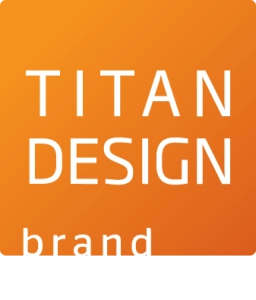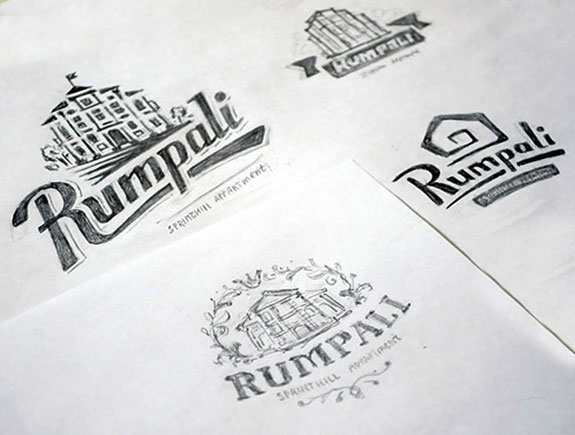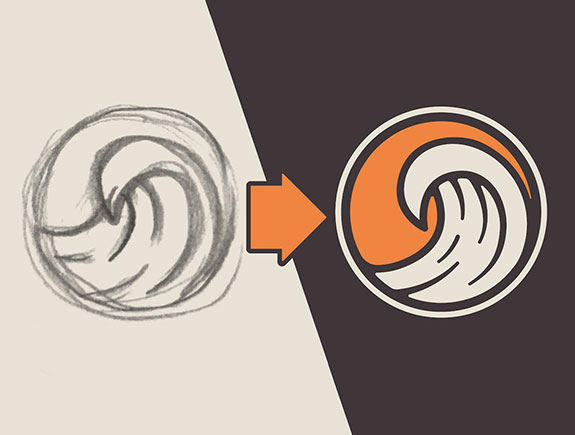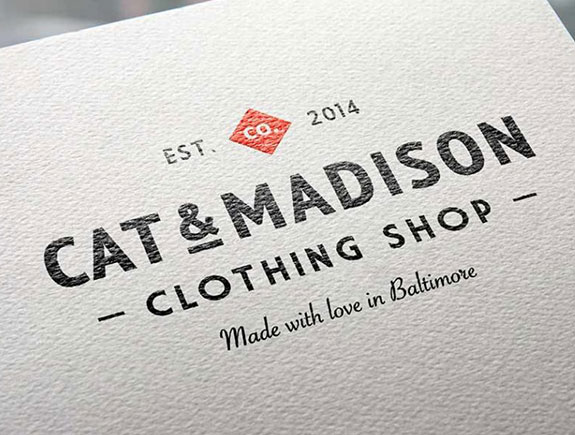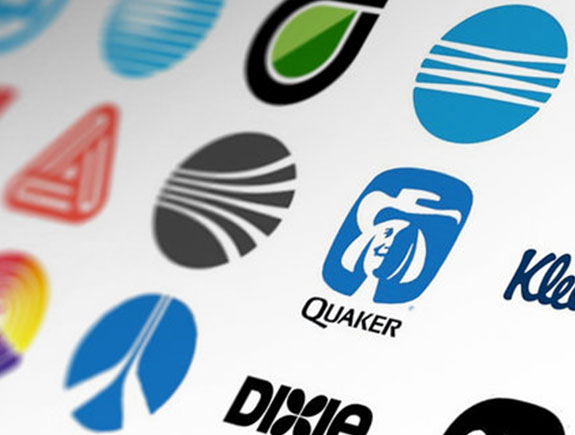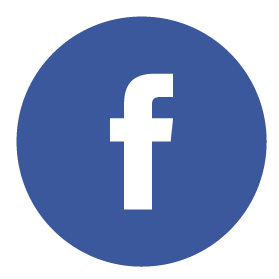We often get the same question from a client at the first meeting: how much time is needed to produce one logo? Though this question might seem as simple to answer, it includes so many steps and information that additionally explain and justify the time spent.
For most clients, a logo is just a graphic element, that looks nice and is used so they put it on their products. They think the most important thing for clients is to like the logo and to get a good-looking logo. These are the usual criteria most of them have at the beginning of the process.
Of course, some of the clients express their wishes and needs in a clear and understandable way in a brief, telling us exactly what they want to see on their future logo. These clients have a serious approach to branding.
Regardless of the client’s approach, we always ask many questions to find out as much as possible about the client’s company, so as to be able to incorporate all their demands into the logo. Because we understand the meaning of the logo and how much it means for a business, we accept this creative process seriously and have a strategic approach.
It is not easy to create a logo that everyone will remember, as it takes a lot of time and effort. In short, there are a few steps to go through to come to the final solution. In the first phase, we talk to our client about the visual aesthetics of the company, next phase is about research and development, based on it, we create the first sketches and then choose the unique design and work additionally on all details. Creating a logo on a computer is just one small part of the process, while research and development take much more time.
To make this extremely complex process understandable, we have decided to show you all the phases of logo development.
1.Brief
First step on this creative path is called a designer brief. It’s a preliminary project phase, when a designer and a client are discussing about requirements, expectations, and ideas for logo. The major point of this phase is to gather as many information.
The more questions a designer asks, the better he/she will understand client’s needs, and will know, for example, where will the logo be applied (on products, branded materials such as T-shirts, uniforms, hats, etc.). Besides, it is required to talk about details, related to logo.
The second important segment of conversation is target audience where designer meets segmented presentation of buyers or user of services of the client in question. It is crucial to understand who do we addressed to, so the logo corresponds perfectly.
In the end, there are questions to be covered, related to the visual identity. Does a company have a specific color scheme, does it have a developed visual identity, will the company use corporate colors for logo. Sometimes creating a new logo is the beginning of creating fresh and new visual identity. In that case, all questions become even more important as the answers will be used later for creating a visual identity.
2.Research
After all the questions have been asked, we come to the agreement and list of requirements. Next phase is researching. Before we make any move in creating a logo, it is essential to research the client’s niche, the history of that niche, company and competition.
Researching competition gives us valuable information about the business surrounding of our client, how it stands out form others in that specific niche. For us, it is very important to understand what “works” or not in that niche, so we can get decisions regarding the style, fonts, etc. for this reason we visits the sites of client’s competition, research the elements they use and in what way.
Research itself doesn’t mean anything unless the given information are not interpreted in a right way and if they are not set in a proper context.
The next type of research is related to visual research. We use it to get an idea about the style, approach or attitude a brand should take in relation to its customers and users. So we research logos from client’s niche, seek for inspiration but we don’t copy other logos.
3.Brainstorming
After we complete initial phases (brief and research) we can go to a phase of creating, brainstorming, planning.
First of all it is needed to make a list of all the keywords we came across while discussing with the client and via research process. These words should present the company and they are valuable.
The next step, within this phase, is finding out the way to present the chosen keywords in a visual way, and make a kind of a “inspiration map”, that will serve to keep the focus on the most relevant elements and keywords.
The most essential question we ask ourselves during this phase is – should the logo be presented as a symbol, graphic element or typographic one. If the company name is short and easy-to-remember, in most cases we will go for typography solution, but if the name is not so easy to remember – then we will rather go for an interesting graphic element that will place the logo look on a higer level.
4.Sketching
Finally, we get to the part to express our creativity and put all our ideas to paper or computer. While sketching the logo, the key point is to find connection between idea and form.
Some designers prefer making the first sketches on the paper, while others do it directly in computer programs for creating logos. Of course, the final outcome is what matters.
This phase is a fusion of art, science, research. Everything one designer has been learning for years, researching, gathering inspiration – now it’s the right time to apply all that knowledge to make a sketch and start creating the logo.
This phase may last long because it is creative and it demands full focus. Every designer will tell you this phase takes the most time as its basis is an IDEA itself. Idea is the starting point we further develop and all the upcoming phases become easier and easier.
We have come at the middle of the road, and we want to stop at this point, and write about the upcoming phases in our next blog post.
If you find this text useful, share it with your friends and colleagues, and if you need a logo design, contact us.
